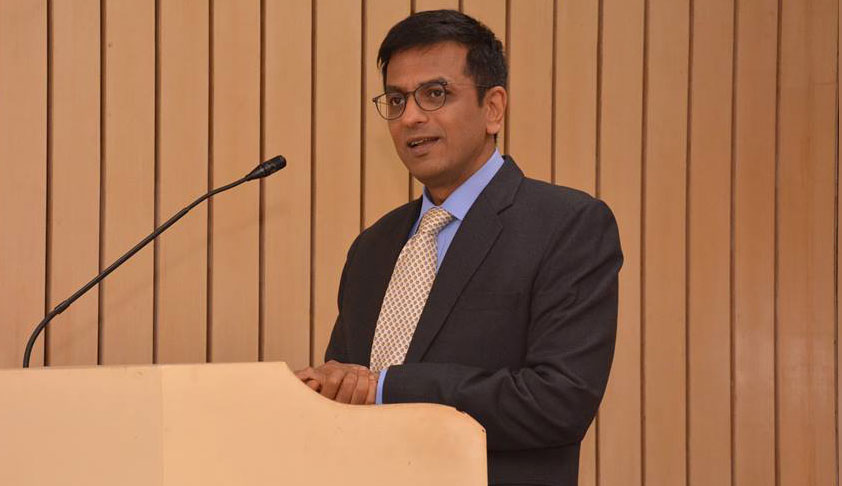If The Dialogical Role Of Law Is Forsaken, Law Becomes A Diabolical Instrument: Chandrachud.J At IDIA Conference
MEHAL JAIN
16 Dec 2018 1:53 PM IST

Next Story
16 Dec 2018 1:53 PM IST
“Just as a novelist shapes the characters of his story, Judges rely on facts to craft a narrative that they deem to be most reasonable”, articulated Supreme Court Justice D. Y. Chandrachud at the recently-organized IDIA Law Annual Conference on ‘Law and Storytelling’ in New Delhi.Justice Chandarchud was delivering the keynote address on “The ‘Narrative’ of Justice”.“Judges...
